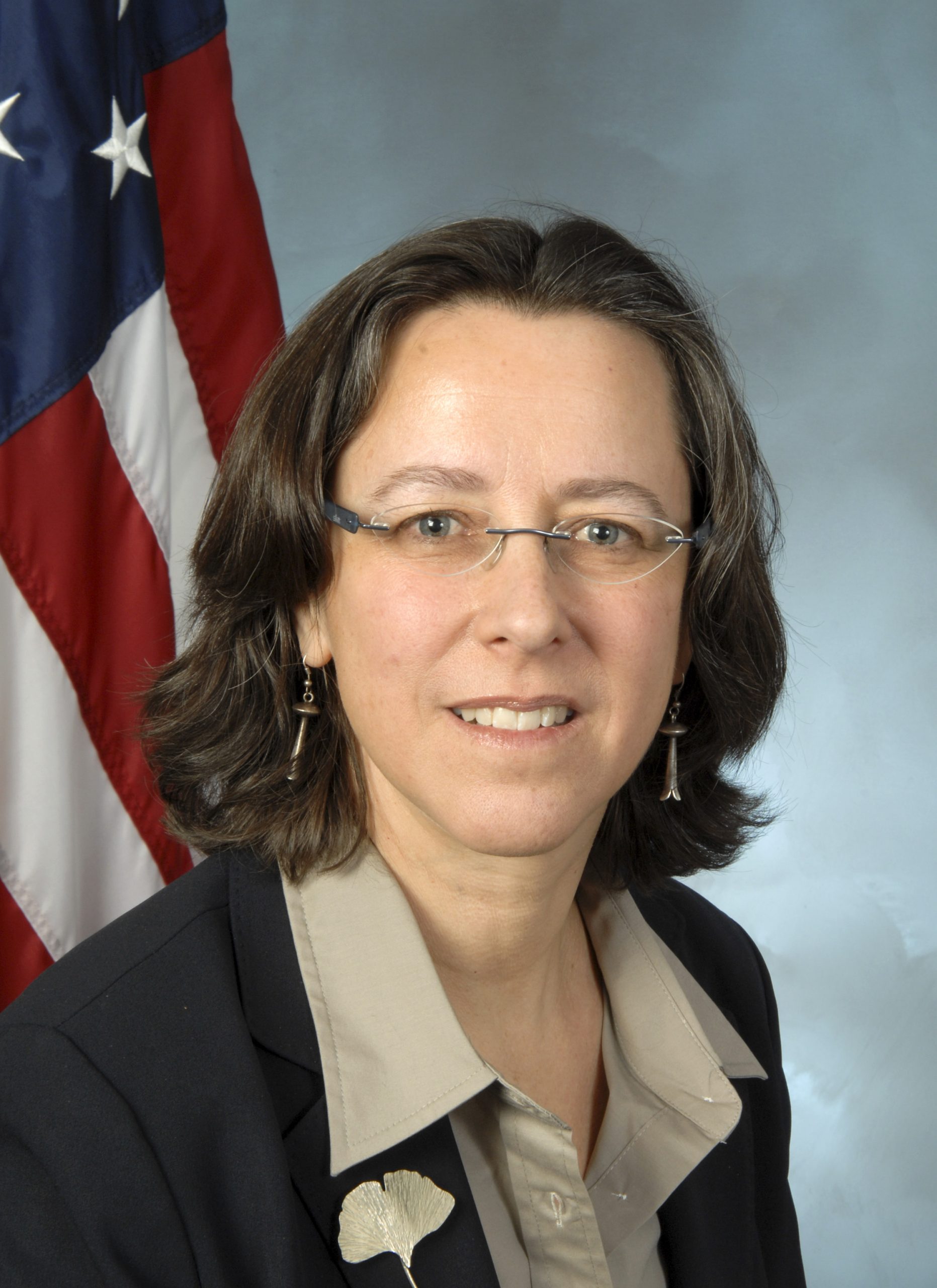Sustainability is commonly viewed as the confluence of social, environmental, and economic policy. At HUD, you oversee the HUD-DOT-EPA Partnership for Sustainable Communities, which, at least on the surface, addresses the policy end of sustainability. Talk about the heavy lifting involved in interagency work.
This year, the Partnership for Sustainable Communities celebrated its second birthday and we’re really quite pleased with the enthusiasm that our respective agencies have brought to this partnership. We started out with HUD Secretary Shaun Donovan, DOT Secretary Ray Lahood, and EPA Commissioner Lisa Jackson to discuss six livability principles we’ll tell our staff, and figure out ways to infuse these in all of our work, and work together. Of course, that’s not the way that the federal government has traditionally worked, and we had to begin with this remedial set of discussions to educate ourselves about what each of us does; how our agencies work; where our policies might align.
There was a lot of confusion around why each agency takes on different practices. For example, one of the things we’ve placed a very high priority on is removing barriers to collaboration and aligning funding, because at the local level, a mayor or a developer isn’t thinking about just a street — they’re thinking about a neighborhood or a district where they’re trying to revitalize something and it includes both the building and the street. Early on, we figured out that HUD had practices in place that made it virtually impossible for a property owner who had used EPA money to clean up a contaminated site to then go forward and apply to HUD for funding for affordable housing! Yet, we want land to be recycled, and we want housing in cities where those polluted sites often are. So, we’ve now vastly simplified the system so that a certification from EPA that says the land has been cleaned for residential standards is immediately used by HUD to accept the property as clean.
Another example: DOT had rules in place that said that you couldn’t enter into a local hiring agreement for the construction of transportation projects. Now, this is a long-standing issue that actually began with the creation of the Federal Highway system that was well intended and designed to make sure there wasn’t a lot of local graft. But HUD’s funding, particularly through our formula funds for Community Development Block Grants, requires local hiring as contract provisions! And so, cities were coming to us saying “Look, we can’t put our CDBG money together with our highway money to make a new street because of this little difference in your contracting procedures.” As a result, we’ve created a waiver system so that if a community wants to combine funding from both agencies, all they have to do is get a one-page paper signed and you’re done. You can now do it.
These are things that aren’t that sexy, but they’re really important when our job is about making it possible for communities to do the kind of innovative work that we know they want to do.





Comments